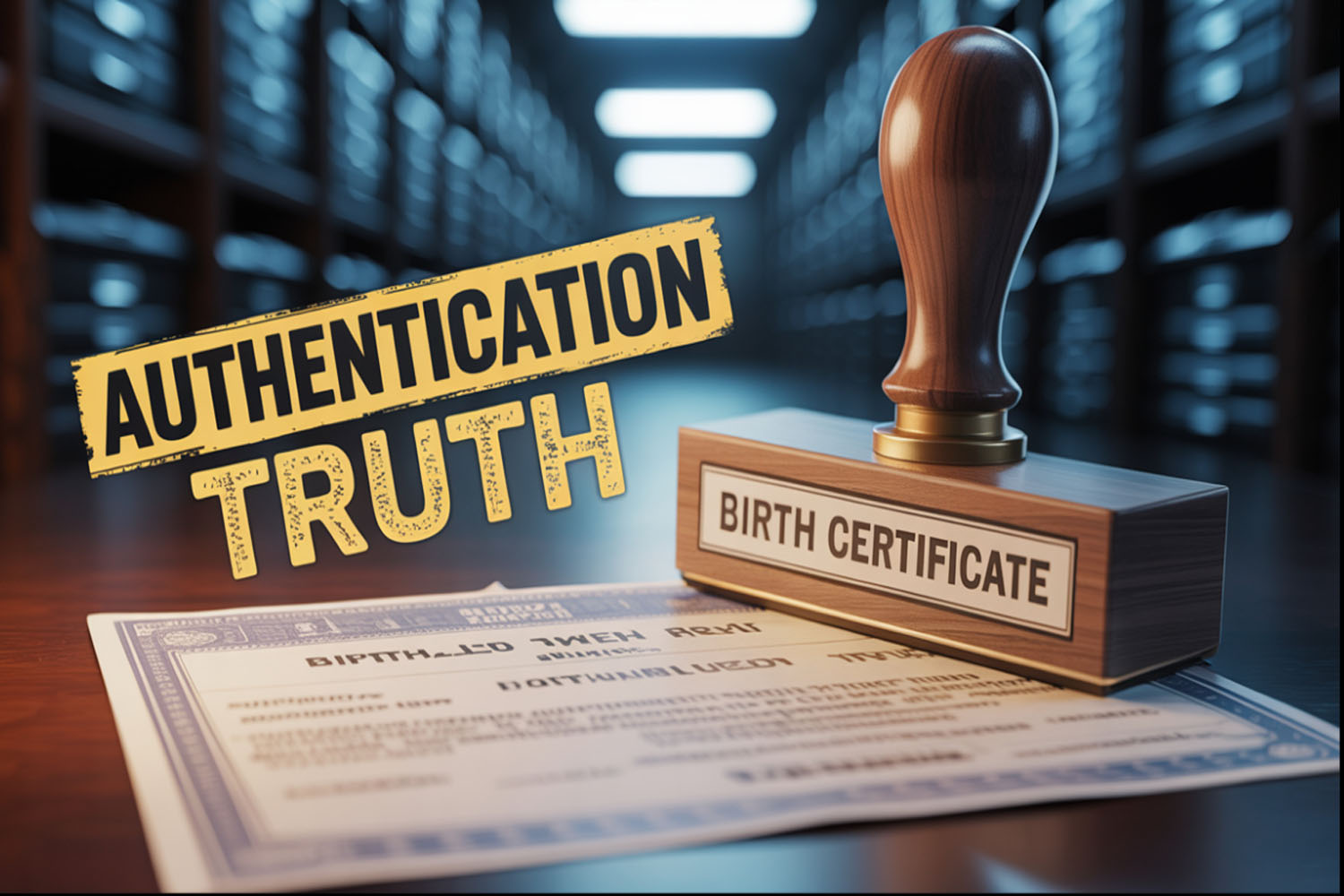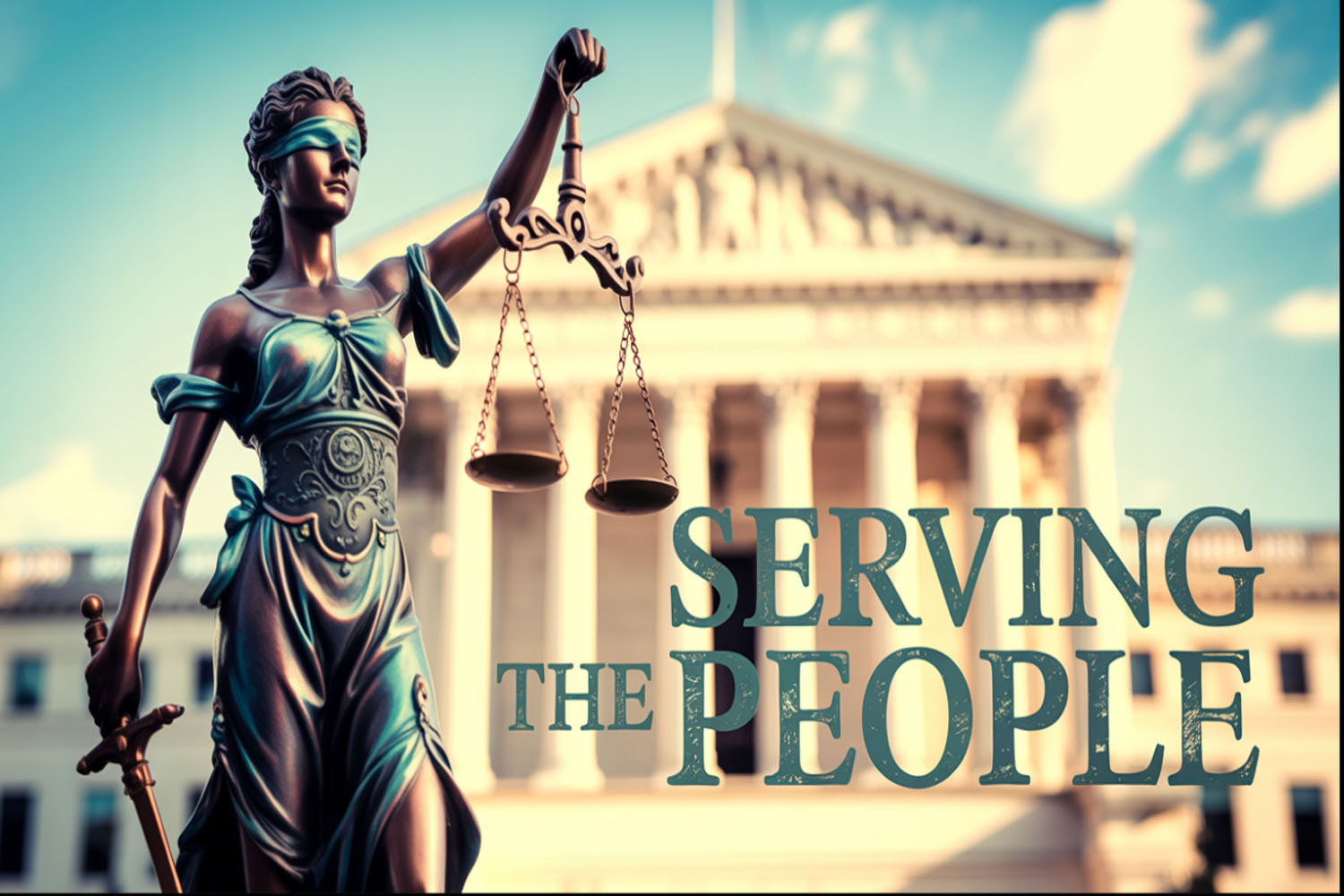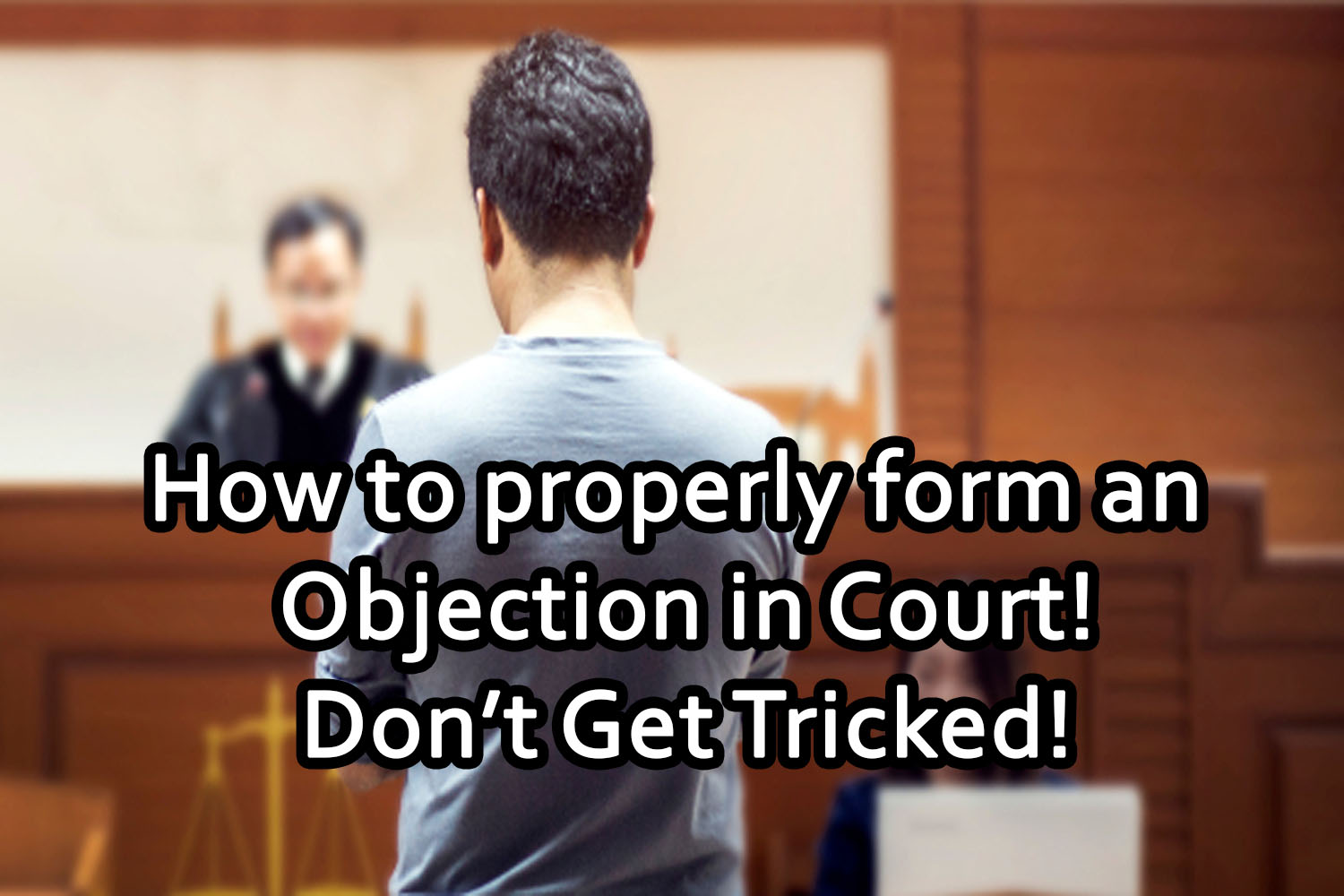What Does Minnesota Rule 220 Actually Mean?
By Yusef El | October 8, 2017
Is it really saying what the so-called “Gurus” claim it is? Let’s find out.
Ignorantia juris non excusat — Latin for “ignorance of the law excuses no one.” It’s a foundational legal principle: just because you don’t know the rules doesn’t mean you won’t get benched.
In certain legal circles—especially those associated with “redemption theory” or “sovereign citizen” ideologies—a curious fascination has developed around the process of birth certificate authentication. Proponents claim this somehow makes one the “registered owner” of their estate, allegedly granting sweeping legal powers. This notion has been colloquially labeled “Minnesota Rule 220,” as if it were a magical legal incantation tucked away in the back pages of a rulebook no one ever reads—except, of course, the internet gurus.
But let’s pause the fantasy and apply a bit of cold, hard legal scrutiny.
The Redemptionist Interpretation: Fact or Fiction?
Let’s be clear: I’m not categorically opposed to authenticating a birth certificate—there may be legitimate reasons, particularly for international travel, where additional documentation can be beneficial. However, the idea of invoking an obscure procedural rule from one state to compel court clerks in unrelated jurisdictions to acknowledge your sovereignty is, to put it politely, a creative overreach. To put it less politely—it’s a legal faceplant.
The Nature of a Rule of Practice
First, we must define our terms. According to Bouvier’s Law Dictionary (1856 edition—because why not go straight to the legal vintage), Rules of Practice are procedural tools crafted by a court to regulate internal affairs, particularly the conduct of attorneys and court staff.
This differs from a Rule of Court, which is broader and includes both general procedural guidelines and special case-specific orders. In short: a Rule of Practice is the court’s house rules; it doesn’t necessarily rewrite the game for players in other arenas.
So when one claims that Minnesota Rule 220 is a kind of sovereign silver bullet, they’re misunderstanding the rule’s origin, authority, and scope. It’s like trying to return a Florida library book in Alaska because “they both have snowbirds.”
So What Is Minnesota Rule 220?
Minnesota Rule 220 appears under Title III – Registration of Land Titles, Part C: Miscellaneous Provisions in the Minnesota General Rules of Practice.
Its full title?
Rule 220. Birth Certificates.
It states that the Registrar of Titles may accept an official birth certificate pertaining to a registered landowner as part of the title memorial process—provided it’s accompanied by an affidavit attesting to the person’s identity. The registrar then treats the registered owner as having attained the age of majority 18 years after the date of birth.
Translation: This is a procedural allowance for transferring or updating real property records—not a metaphysical key to personal sovereignty or a legal reset button.
The rule concerns minors who have an interest in land but have not yet reached the age of legal majority. Minnesota treats these interests with custodial oversight until the individual comes of age. It’s land law. Not life-hack law.
The Minor Majority Contradiction: Legal Easter Egg or Error?
Here’s where the plot thickens.
Minnesota’s statutes contain what we might call a legal antinomy—a contradiction between laws. Under §645.451, a “minor” is anyone under 18. Yet under the Uniform Transfers to Minors Act (§527.21), a “minor” remains such until age 21. Why the discrepancy?
Simple: tax law. Specifically, the federal government permits trusts (e.g., Section 2503(c) trusts) to extend to age 21 for tax benefits. So Minnesota—like many states—retains age 21 as the cap for custodianships involving property transfers.
As a result, legal adulthood (as in the right to vote, marry, and be tried as an adult) may begin at 18, but certain property-related rights under custodianships don’t mature until 21. Think of it as legal puberty: the body grows up at 18, but the title deeds aren’t ready to move out until 21.
The Birth Certificate as Evidence: Not Quite a Trump Card
Here’s the clincher. To present a birth certificate in court, especially to prove legal majority or identity in land title cases, it must be authenticated. That’s not a metaphysical process—it’s evidentiary procedure. Under Minnesota Rule of Evidence 901(a), authentication is a “condition precedent” to admissibility. In other words, the document must be proven to be what you claim it is.
That’s where Backstrom v. New York Life Ins. Co., 236 N.W. 708 (Minn. 1931) comes in. The court reinforced that hearsay—even in documentary form—must be subject to scrutiny. Birth certificates are hearsay unless authenticated.
You can’t just slap a seal on it, declare yourself sovereign, and expect the court to bow. This is court, not Renaissance Faire.
The Takeaway: It’s Not What You Think It Is
So let’s put it all together. Minnesota Rule 220:
- Applies exclusively to real property law, particularly land title registration.
- Addresses how minors are treated in land ownership under custodianship.
- Does not relate to commercial law, the Uniform Commercial Code, or personal sovereignty.
- Requires authenticated birth certificates for title record updates, not personal empowerment rituals.
To cite Rule 220 while attempting to file a birth certificate at your local courthouse, believing you’re reclaiming your estate or freeing yourself from statutory bondage, is like trying to use a fishing license to drive a car. Wrong document. Wrong purpose. Wrong jurisdiction.
Final Thoughts
Legal research is a noble endeavor. But cherry-picking statutes and misapplying them outside their intended context doesn’t lead to liberation—it leads to embarrassment.
So before you walk into a clerk’s office waving a birth certificate and citing Minnesota Rule 220 like it’s a sacred scroll, pause, breathe, and remember: land titles ≠ life titles.
Peace to the Gods—
Yusef El







